These are screenshots of the finished second Zene:
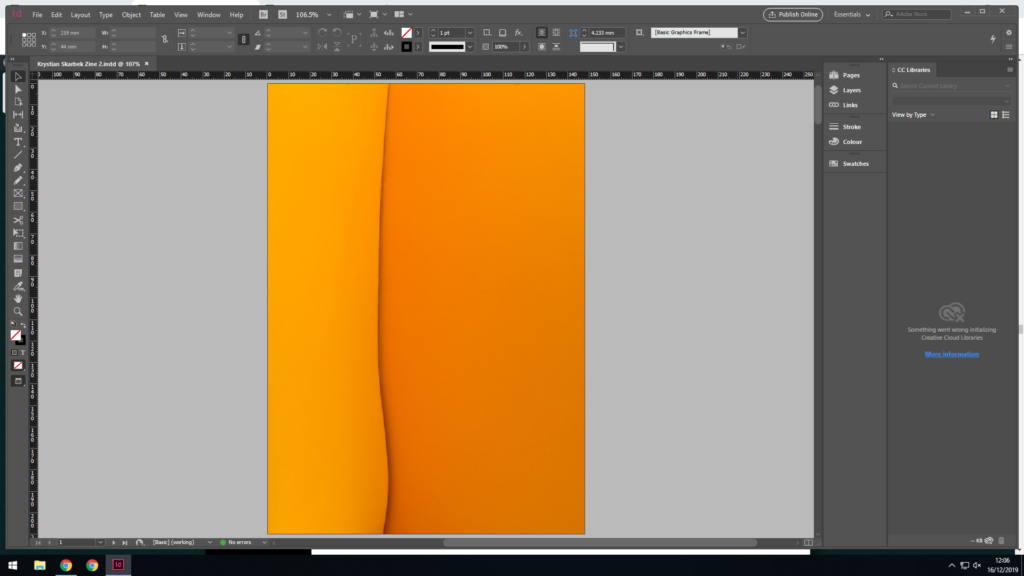




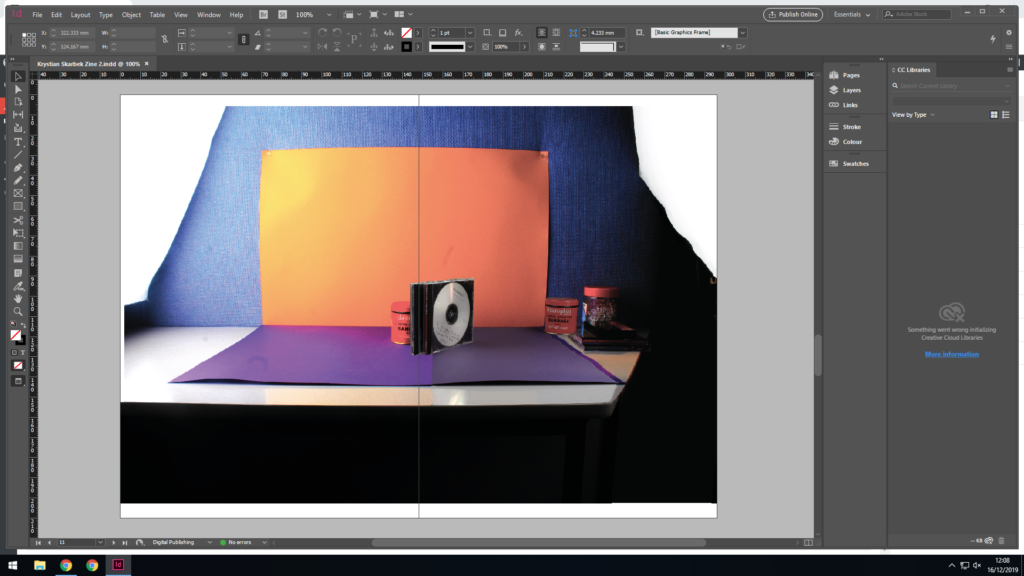


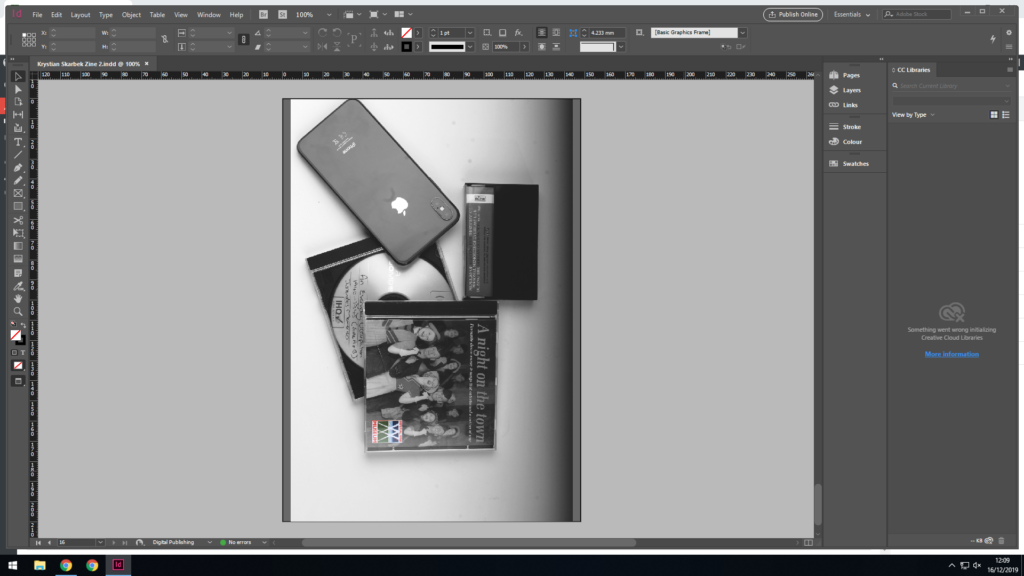
These are screenshots of the finished second Zene:









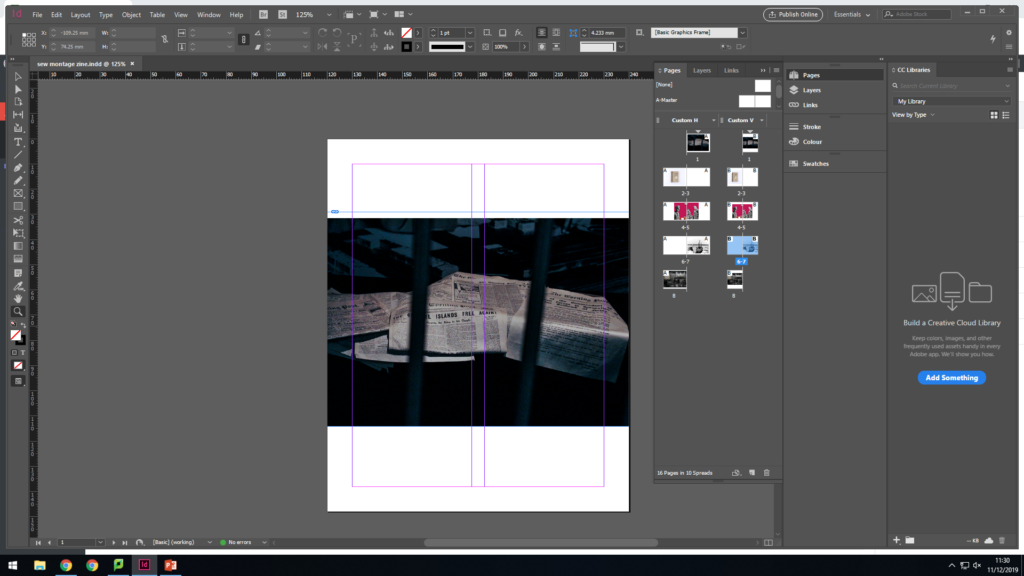



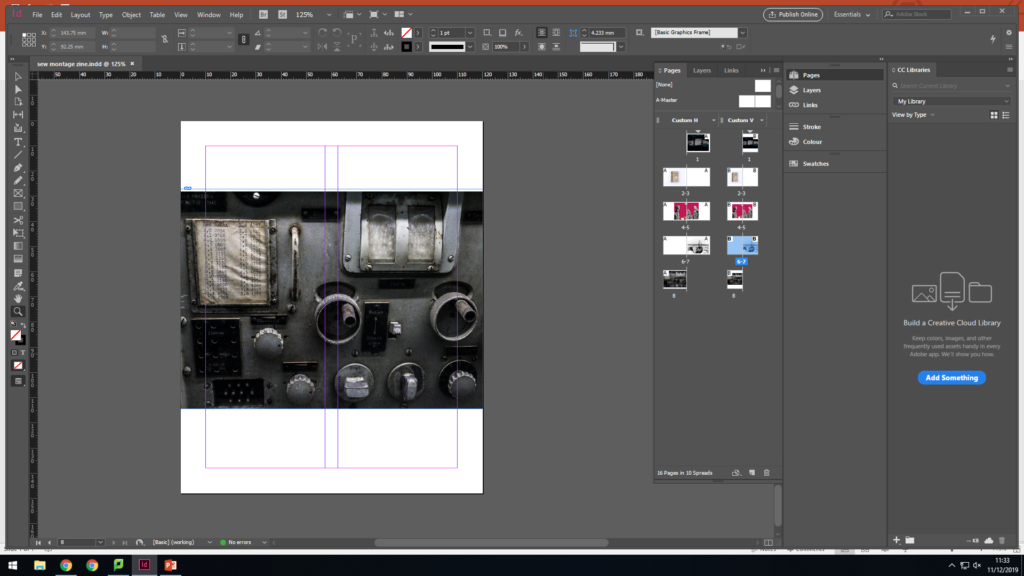
I will be printing this on A5 paper then trim down the images to their intended size. I had to leave two pages blank because I will be sewing into the photomontage so the pages behind can't have images as they would have string all over them.
For my zine I decided to experiment with images and text, which I have gone with, I wanted to use text because it would give the images a clear understanding of the message I am trying to get across.


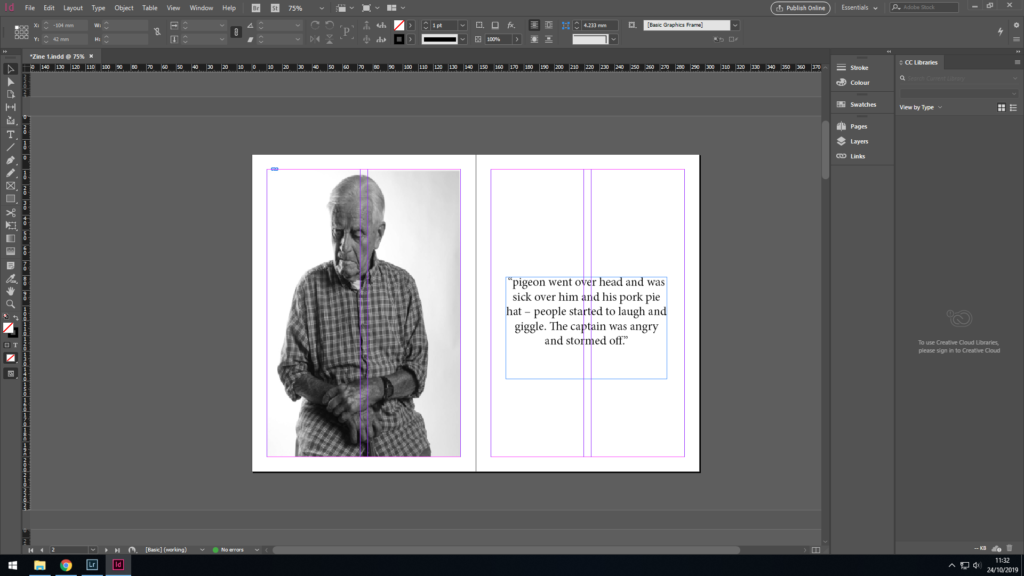

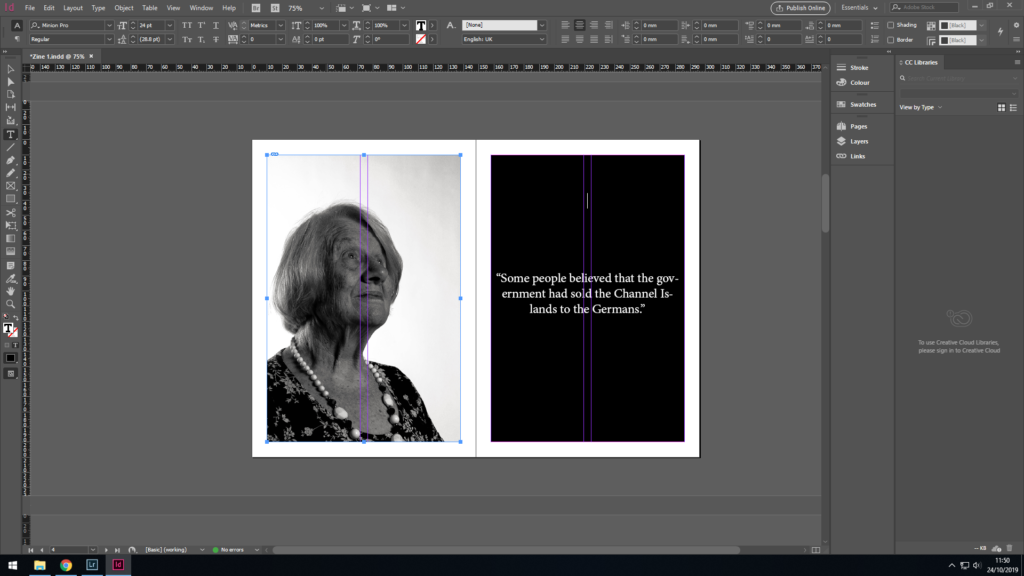
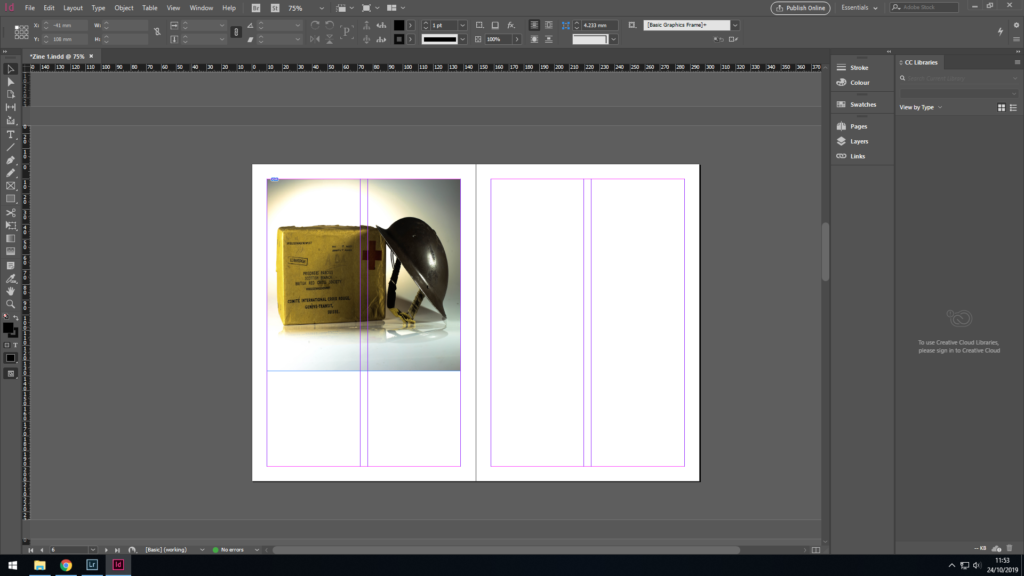



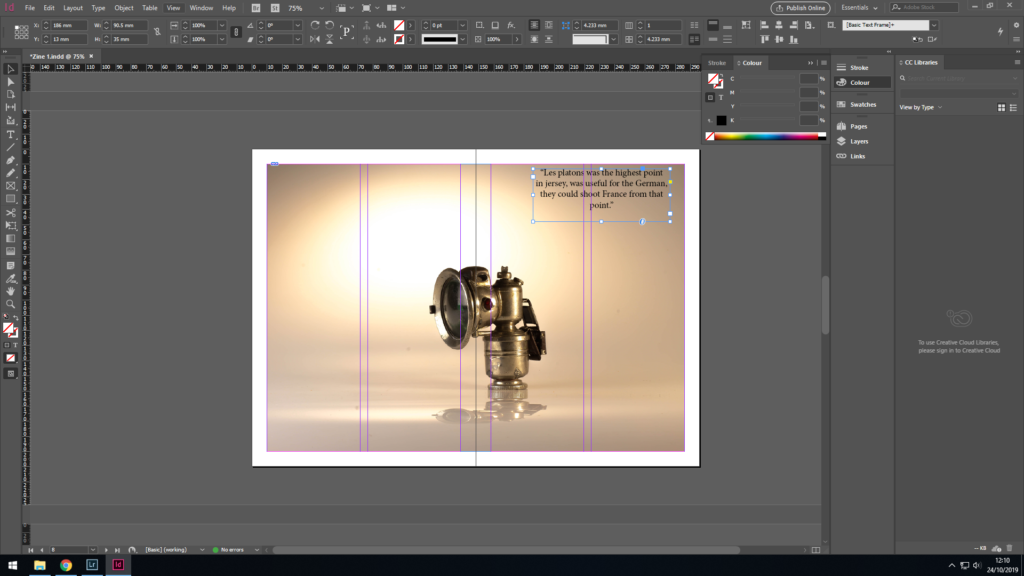




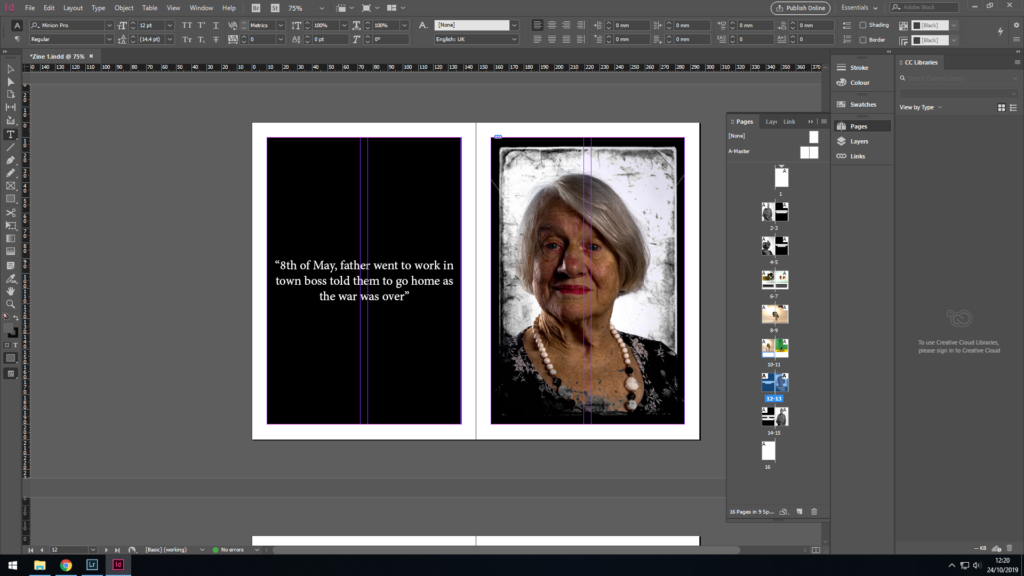



in this experiment i am going to photograph objects and i decided in this photo shoot to take still photos of objects from the German Occupation, these objects where brought from the Jersey Archive to give us an opportunity to photograph them, and this is how i planned to do that:
i decided to use two different setups to photograph my objects as some different objects need to be photographed at different angles and these are the two setups i used:
For the straight on angle set up I used a continuous light set up. I used a fill light illuminating the object, with a secondary (tungsten light) light source to reduce the shadows and clearly showcase the object. I also experimented with back lights, but felt that it was not successful and did not justify the objects, thus I stopped using the back light. The camera was on a tripod with a 50 mm lens.
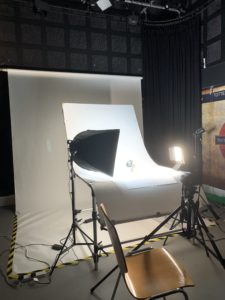
For this set up, I used two flash head lights, set on a 2.0 power output. The lights where paced either side of the table, slightly facing downwards towards the object. On my camera I used a transmitter which triggered the flash heads to operate as I captured my imagery. In addition, I also used a pilot light in order to position a and frame my composition, this was located at the back of the table (on right) and did not affect the coloring or the outcomes of my image. The camera itself was placed on a tripod looking down at the table.

My plan is to work on this project with my friend who also takes photography so we can exchange skills and get the best results. we are going to go to the studio for three hours divided into three school days and use one camera between us and take photographs on different personalized settings then comparing the results to come out with an even better setting for the camera. We are going to start photographic the most suitable eye catching 3D objects using the straight on angle lighting setup, and afterwere done with that were going to photography the flatter objects on the birds eye view lighting setup.
What is a zine?
A Zine is a self- published or individually produced booklet, which can be made by physically sticking, cutting and gluing images and pages together or using InDesign to help plan your zine using a computer then printing it out. Zines have been around since approximately 1776 when Thomas Paine self-published Common Sense and used it as an instrument in promoting the ideas that contributed to the US War for Independence.
For example some popular artists who use zine to express their work are: Lorenzo Vitturi, Sam Ivin, Rita Puig-Serra Costa.
Lorenzo Vitturi

Lorenzo Vitturi are clearly presented to have consistently used more bright and vibrant colours in the zine, the zine images are fairly unusual creating different shapes and colour by combining different objects together to portray a certain effect and feel.
Sam Ivin
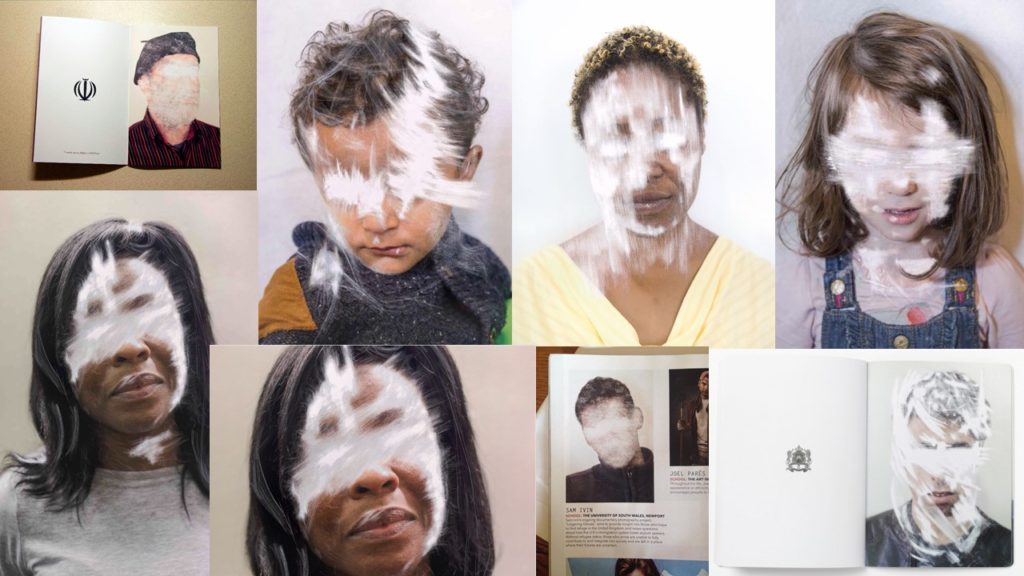
Sam Ivin has a more consistent style that he used within his zine, using portraits of people and editing them to have white strikes and marks across their eyes key facial features. this creates a deeper meaning and overall representation of individualism.
Rita Puig-Serra Costa
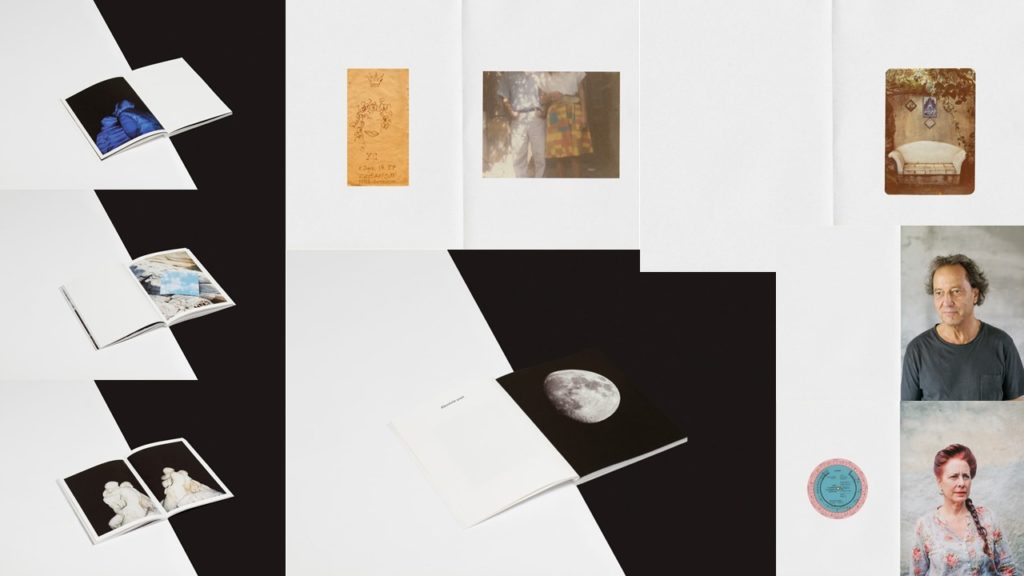
Rita Puig-Serra Costa presents a more abstract and original sense to the zines, consisting of various sizes and colours, including portraits, objects and landscapes. this provides a wide range of aspects to the zine producing a different feeling and personal response each time you turn a page.

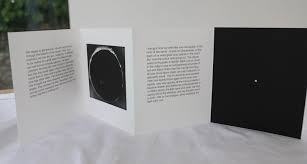
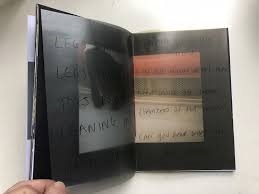

For my zine I want to do a single selection, because I feel that with my selection of images, it would feel stronger and I would be able to portray the message behind the images I have taken.
While studying the topic of Occupation vs Liberation I looked into the three areas of Landscapes (Bunker Archeology), People (Occupation Babes) and Objects (Archival objects and photomontage). The overall process of the project taught me how to link and develop archival materials, both photographs, objects and writings, into my own work and photographic outcomes. Using the archival material also helped me to develop an understanding of how to go about finding and searching for the right archival material from the help of the Societe Jersiaise archive as well as the Jersey Archives. The use of archival material is something I feel would be useful to develop into my personal study as I feel it can add something to the already developed photographs, as well as the historical ones I feel creating a sense of context as well into the photographs which is something that I feel would be useful and enjoyable into the personal study.
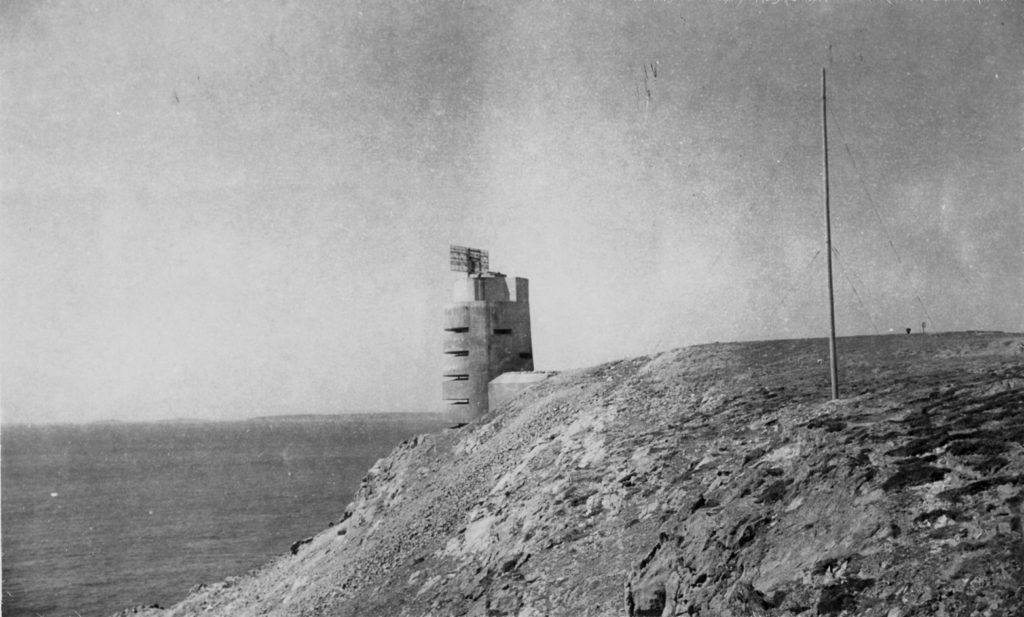
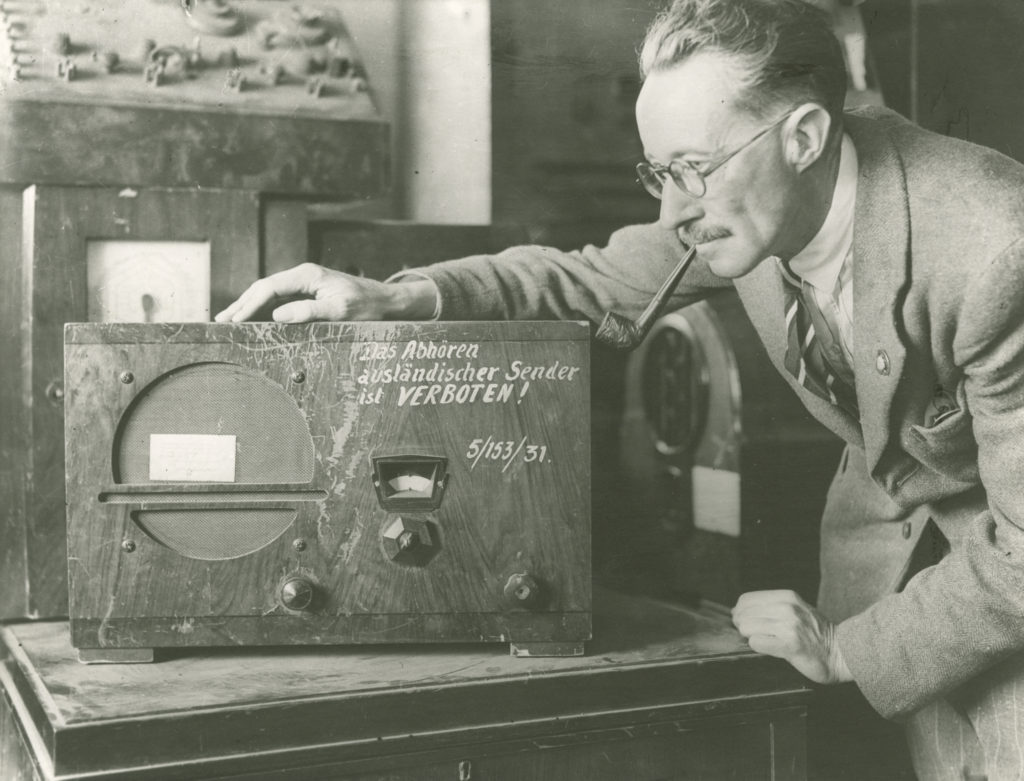
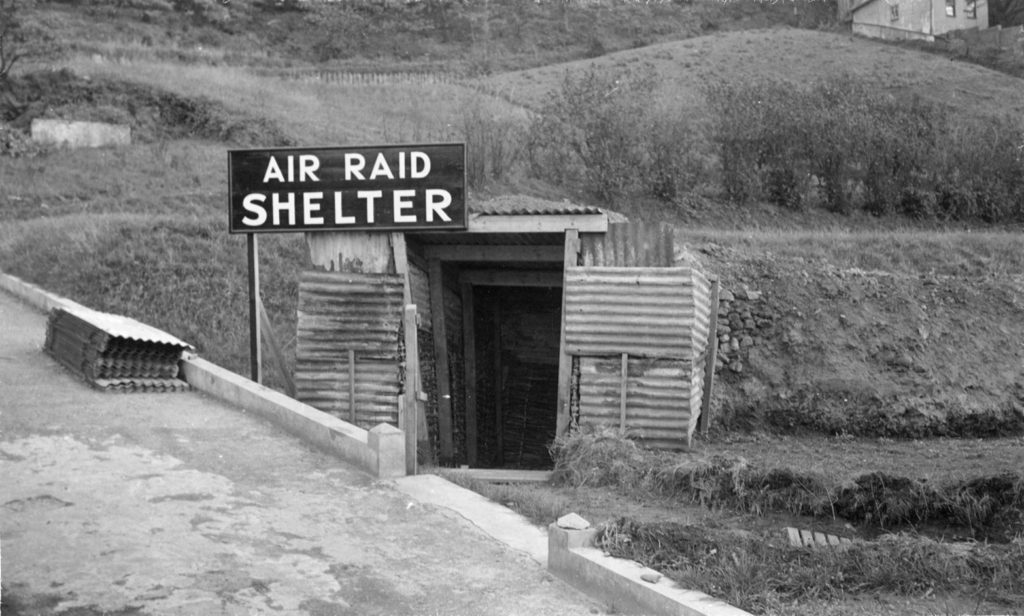
The act of producing portraits in the studio inspired me the most as I enjoyed the simplicity of creating the photographs and the stillness and simplicity of the outcomes. The portraits portion of the project helped me to develop my skills with photographing people who I have just met and understanding the importance of getting to know them and having time taken out to speak to them and listen to them talk as to gain a better understanding of them as a person and who they are, which will eventually lead to a better portrait being taken and better final outcomes. This I feel really helped me as previously I had taken portraits of people in a character however this was speaking and photographing a real person and getting to know them I feel really helped the photographs not be so static of them just of a person. Making them, however, a lot more personal.
I feel the objects section taught me the most skills that I would want to try and incorporate further in my personal study. The objects portion of the project was able to teach me about new techniques that I previously did not know about. The use of specific object photographing tables and how to produce the right lighting around this, as well as how to photograph flat objects with my camera raised and flat above the objects.
The landscapes portion of the project was something I struggled with inspirationally however I feel the end outcome of the zine was most successful. Learning to work in different weather conditions which produced continually changing lighting was something I found difficult and the idea of framing images and what was going into frame I found harder with landscapes rather than portraits and objects. Landscapes is something I would be hesitant to reach into again in the personal study unfortunately.
The overall end outcomes from these mini projects, my zine’s I feel did turn out successful and has given me good insight into how I can go forward to develop my photo-book at the end of the personal study.
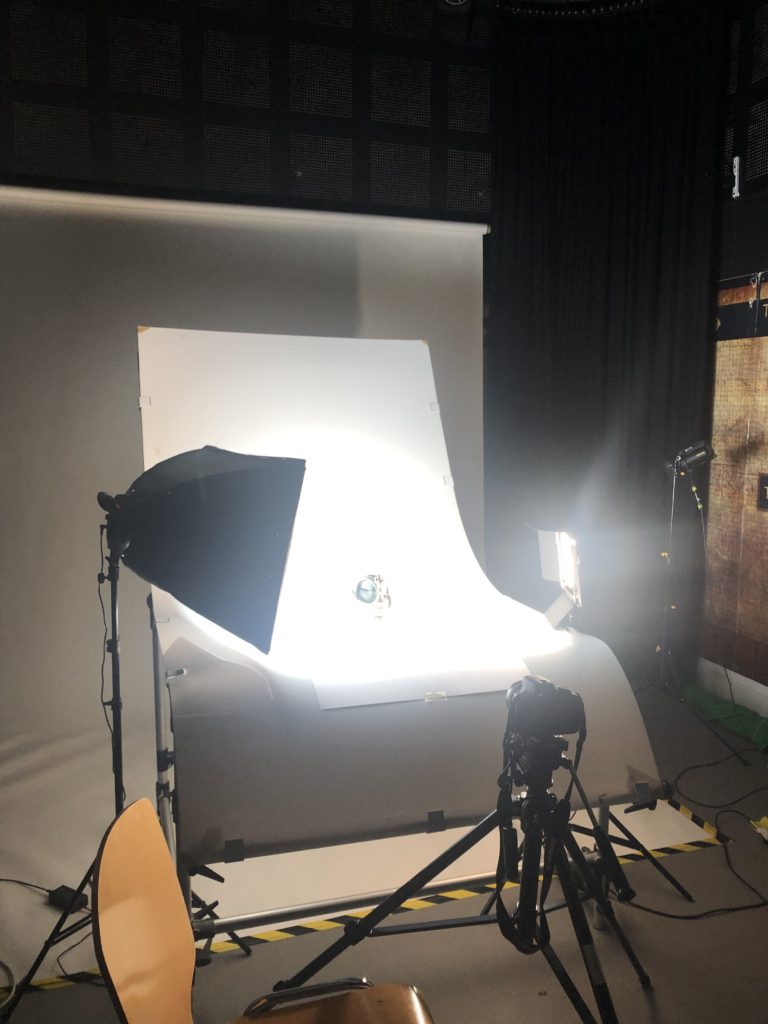
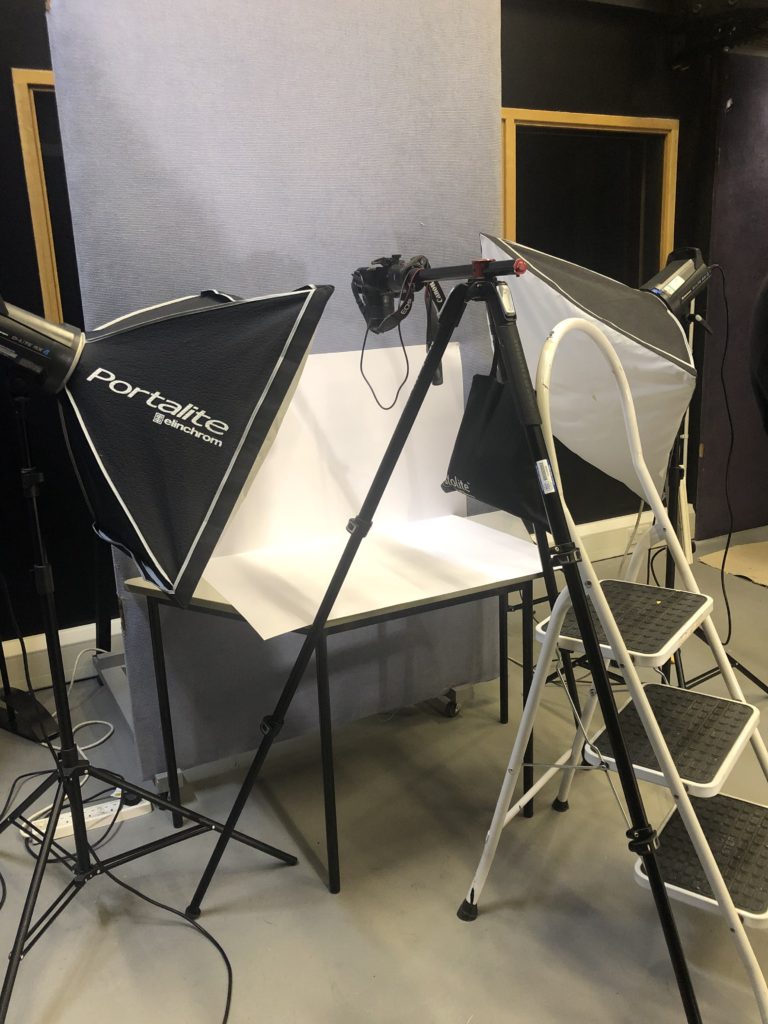



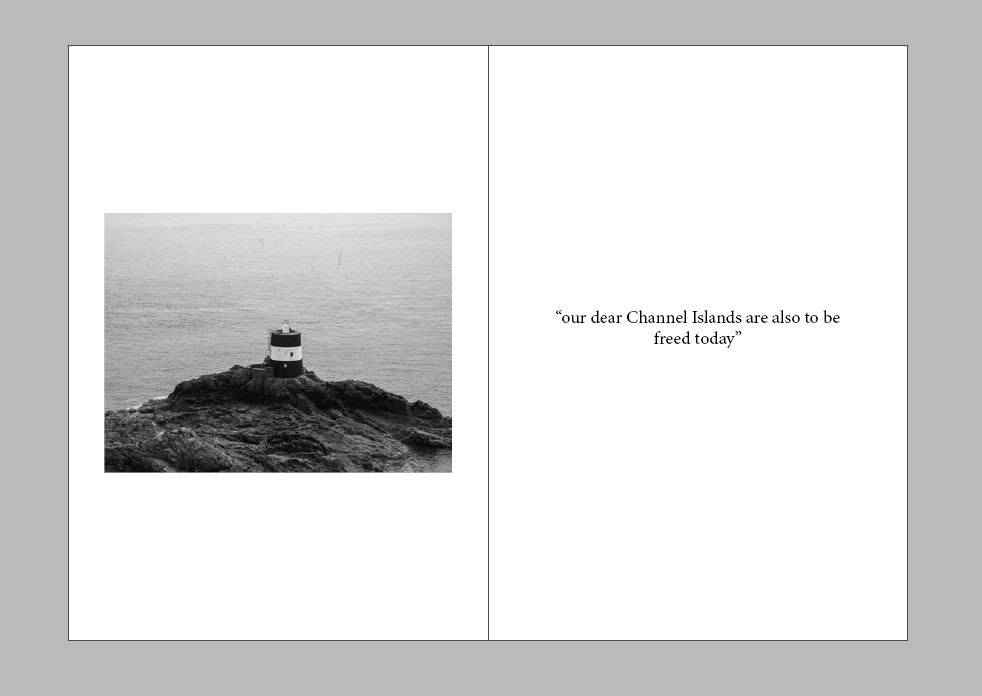

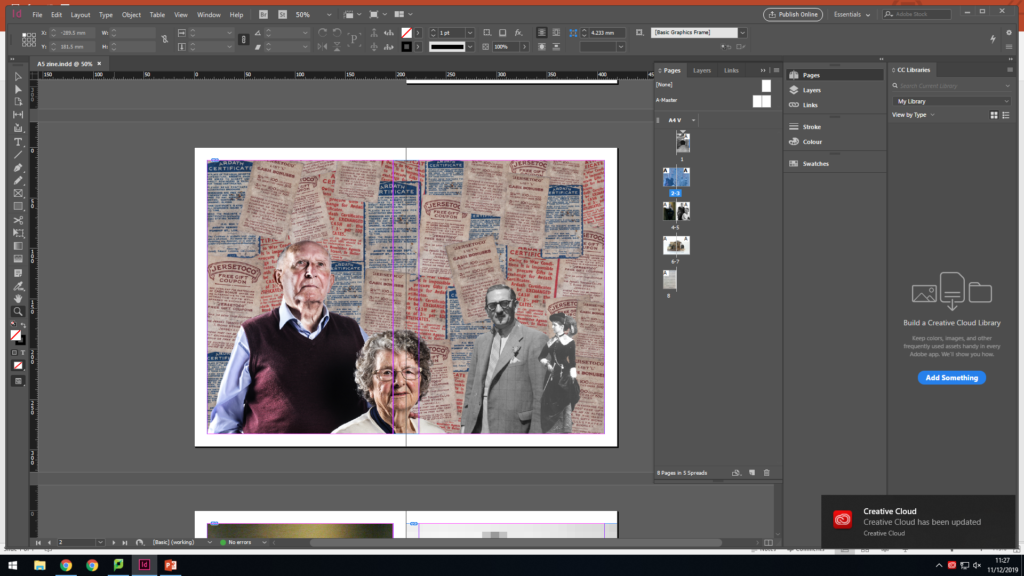
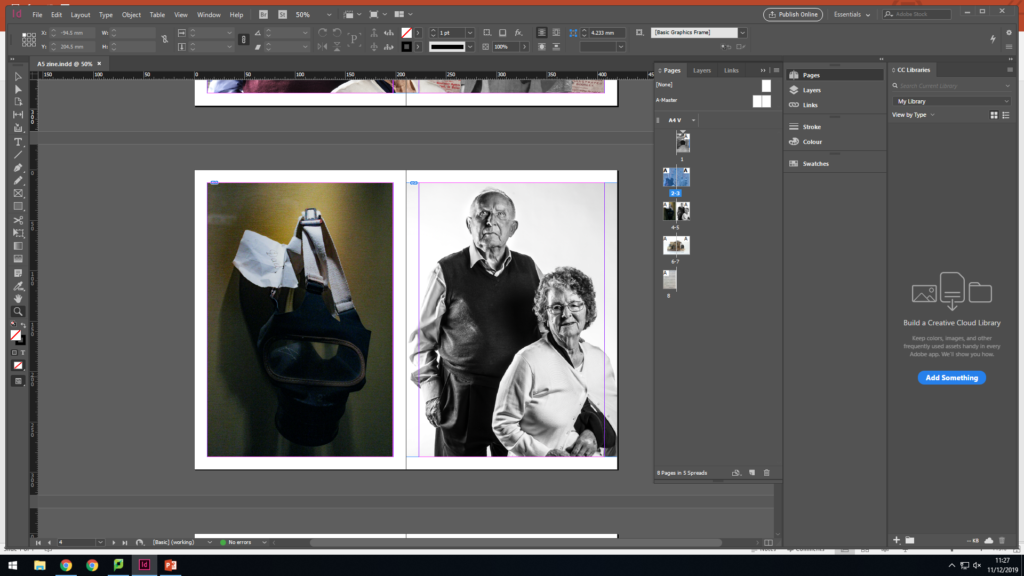
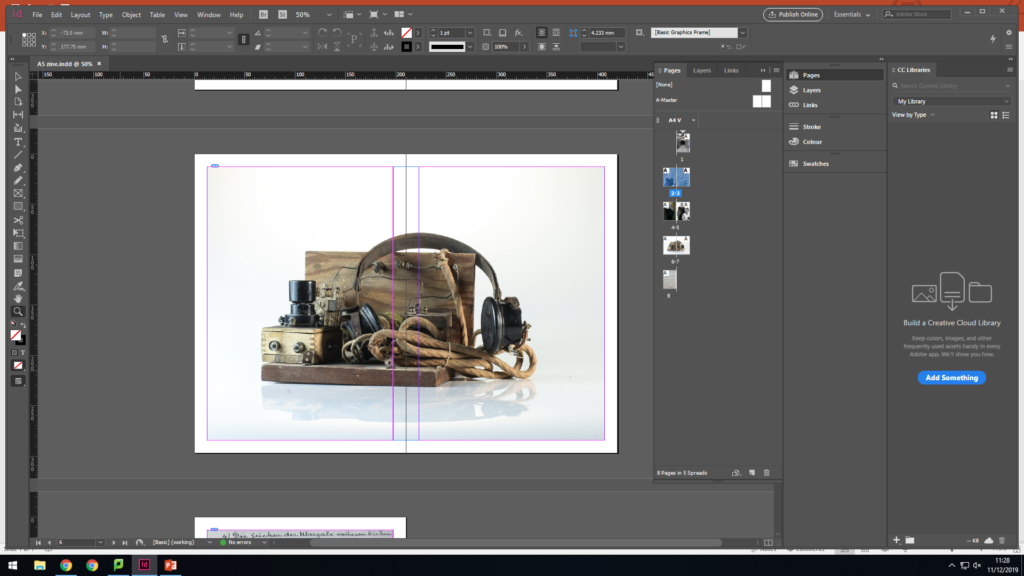

This will be my A5 zine. I will insert the smaller zine on the outside and within some of the pages of the A5 zine.
Before going into the studio to take photographs of still-life objects that originated during Jersey’s Occupation, we were first given an explanation of how the lights, set and studio itself was to be laid out, along with the camera settings we would need to use to compliment the lighting.
Firstly, we documented the layout of the set, which consisted of a curved white sheet of reflective plastic propped up by a frame. The sheet was curved in order to blur any possible corners so that the background looked like a single toned white background, therefore making sure not to divert any attention away from the subjects, and to make sure there was no cut/line in the background.

3 lights were used to light the subject in the centre; a filler light, a key light, and a back light. The key light was the most important light, as it highlighted the form and dimension of the subject, and provided a basis for all other lights to be added on afterwards. The filler light was used to reduce the sharp shadows created by the key light, and therefore reducing the harsh contrast and making the subject seem more realistically lit. Finally, a back light was used to slightly highlight the subject from behind to allow for an increase in depth in the image.
The camera was set up on a tripod to ensure that I did not create a blurred effect on the image due to camera shake, and a remote switch was plugged into the camera in order to take the photo while not having to touch the camera itself (meaning the camera remained as still as possible).

The camera settings were altered to give the best possible outcome of the image. The camera was set to manual (to allow for manual adjustments of zoom and focus) and the white-balance was set to Daylight, in order to compliment the blue-light setting of the filler light. The IOS was set to 100 due to the light intensity of the studio, and the shutter-speed was set to 1/4th of a second (although after a number of attempts, this was altered to 1/2, 1/8 and 1 in order to see the difference in the images). Finally, the aperture was set to F16, in order to slightly reduce the amount of light coming into the lens (due to the intensity of the light in the studio itself),and the shutter-speed was set to 0.5/0.8 (depending on the reflection of the objects).
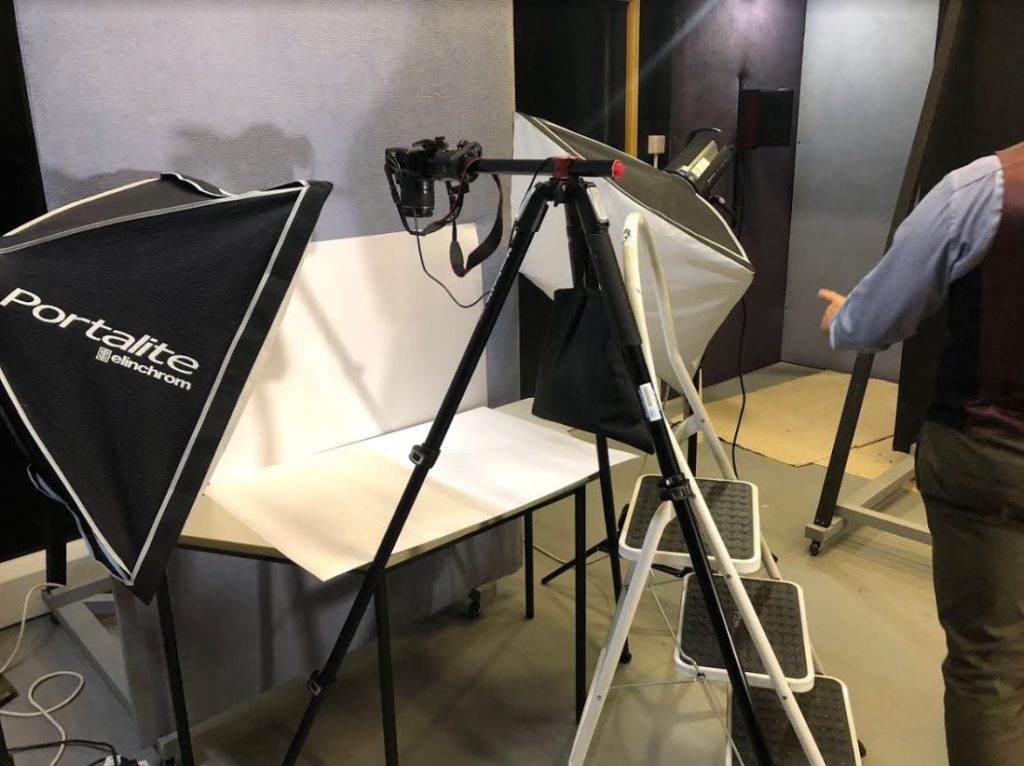
After the camera settings were adjusted, it was possible to take the photographs of a range of subjects and objects loaned from the Jersey Archives, including many items originating from 1935-45.
For the second setup, a tripod was positioned horizontally over the objects (placed on a white table) in order to give a birds-eye-view image of the objects straight on (this was a better option for images with slightly with less depth (such as books and ration coupons). A weight was used on the other end of the tripod in order to balance the structure, and the images were also taken using a remote in order to keep the camera as stationary as possible during the photo.